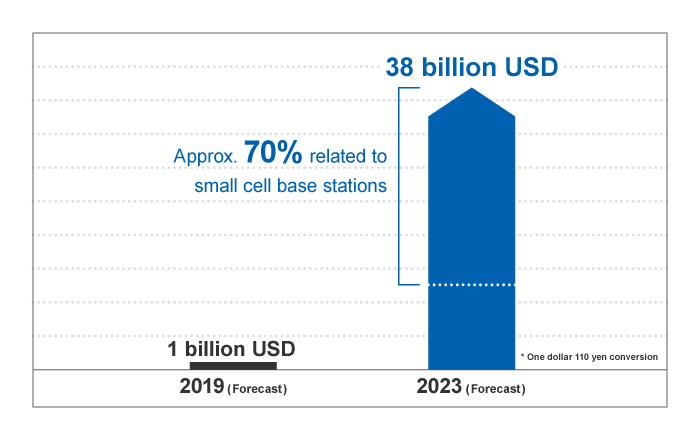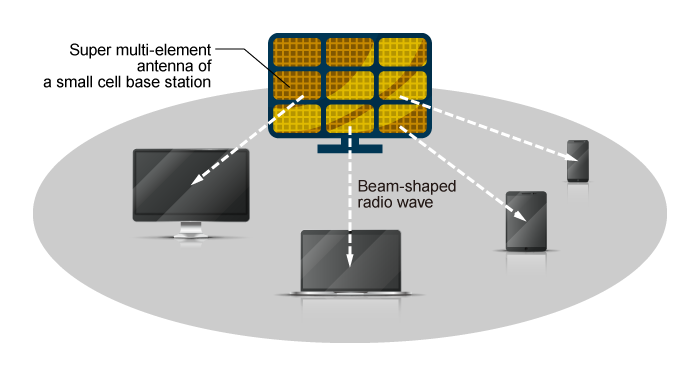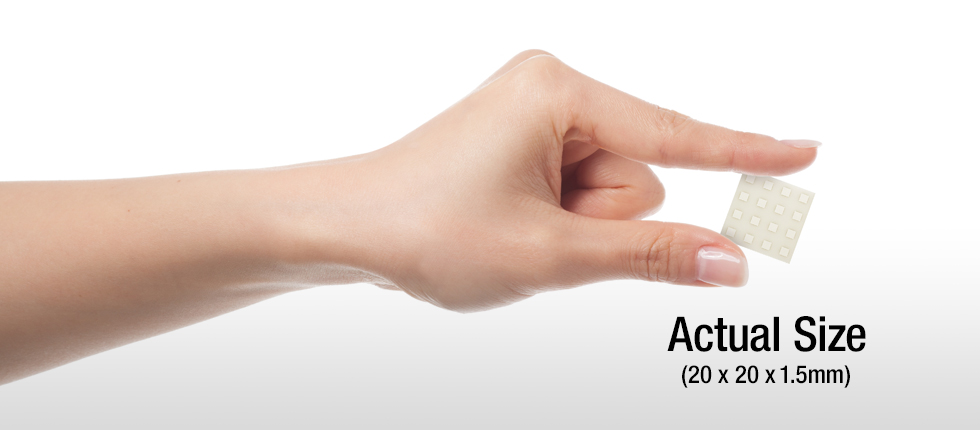Latest Antenna Technology Supporting 5G Ultrafast Communications
Multi-Antennas Present Challenge to Small Cell Base Station Expansion in 5G Market
With the emergence of an IoT/IoE society where everything is connected, attention is turning to 5G communications as a crucial infrastructure element, and rapid market growth is anticipated. Although the market for 5G-related products has only just taken shape, it is predicted to be worth 38 billion USD globally in 2023. Products and services related to small cell base stations are forecast to account for approximately 70% of that total. (Fuji Chimera Research Institute, Inc., Future Perspective of Core Technology to Realize 5G/High Speed Large Capacity Communication 2018)
The reason for this rapid growth is that 5G communications use millimeter waves,2 so each 5G base station covers only a confined area. Thus the network configuration for 5G communications is characterized by large numbers of small cell base stations, which will initially be installed overlaying each of the macro cells that provide coverage via conventional communications base stations. In addition, millimeter waves are prone to shielding by objects, and therefore more small cell base stations need to be installed in places such as train stations, shopping malls, and stadiums.
Features of 5G Communications
Ultrafast Speeds / Large Capacity -
Communication speed is more than 10 times faster than 4G. Even a high-definition movie can be downloaded within several seconds.
Multiple Concurrent Connections -
1 million terminals per km2 can be connected without communication latency.
Ultra-Low Latency -
Communication latency is one tenth (about 1 msec) of 4G. Applications in autonomous driving and remote surgery are anticipated.
Multi-antennas integrating many antenna elements play an important role in small cell base stations. The key technology of 5G communications is beam forming,3 which converts radio waves into beams and transmits them to each terminal. For instance, in a sports event at a stadium, this allows transmission of athletes’ movements at various angles to large numbers of audience terminals, simultaneous broadcast of multiple games in real time, and provision of augmented reality spectator services. This technology will enable new ways of enjoying events.
In beam forming, radio waves are converted into beams by controlling the phase of signals radiated from the antenna elements of a multi-antenna. Array antennas integrating many antenna elements have been developed as multi-antennas. Since band-pass filters (BPFs) and integrated circuits (ICs) are also connected to array antennas, these antennas need to be compact and thin as well as ensuring high-level functioning of the entire system.
Smaller and Thinner Profile Composite Device Provides Multi Antennas Solution to 5G
TDK has used our original LTCC technology accumulated over many years to develop a LTCC AiP device for 5G small cell base stations with a configuration integrating antenna elements and BPFs into an LTCC multi-layer substrate. A key feature of the device is adoption of a newly developed low dielectric material for the antenna layer, enabling high gains to be obtained even in the millimeter wave band. Other advantages include excellent environmental resilience and heat dissipation as well as degrees of freedom of design and evaluation, and the device delivers outstanding performance for 5G communication base station multi-antennas.
LTCC technology is a construction method developed for production of parts such as high frequency components. Ceramic sheet material developed for firing at relatively low temperature (approx. 900°C) is laminated in multiple layers for low-temperature firing, and a metal conductor microscopic wiring path is formed on a dielectric ceramic sheet with a conductor pattern enabling it to function as an inductor or capacitor. Sheets of differing material are used for the capacitor layers and inductor layers, requiring advanced technology for co-firing. TDK pioneered an advanced LTCC construction method for such co-firing of different materials and has commercialized high-frequency filters and front-end modules for mobile communication terminals.
In an IoT/IoE society where everything is connected via the internet, 5G communications networks are also expected to form an essential part of communications infrastructure. TDK will continuously supply various products and technical services supporting 5G communications networks, including those for communication circuits, sensing, noise suppression, and batteries.
TDK Products Supporting 5G Communications
Communication Circuit
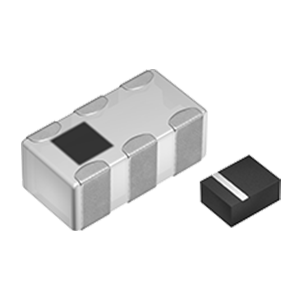
RF Components and Modules Contribute to stable radio wave transmission for 5G communications.
Communication Circuit
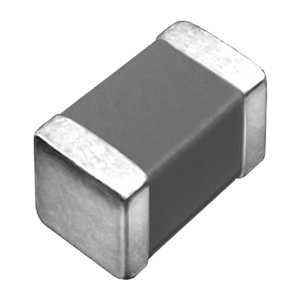
Inductors for NFC circuit Incorporate near field wireless communication (NFC) into 5G terminals.
Communication Circuit
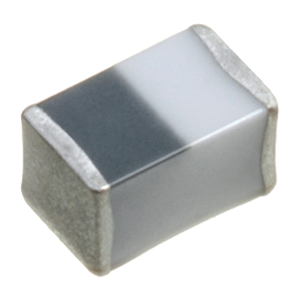
RF inductors Reduce signal loss and improve performance of high frequency (RF) circuits.
Sensing
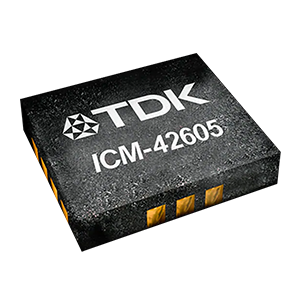
MEMS motion sensors Sensors for detecting various movements. Also have applications in 5G terminals.
Sensing
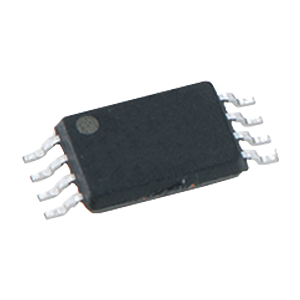
TMR magnetic sensors Highly sensitive magnetic sensors to which HDD head technology is applied.
Noise suppression
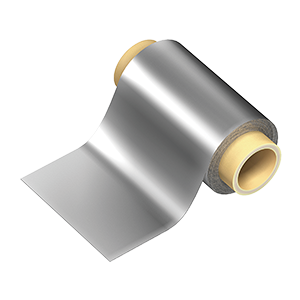
Noise suppressing sheet A magnetic sheet to prevent device malfunctions caused by radiated noise.
Battery
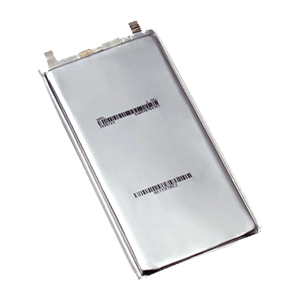
Lithium Polymer Batteries Highly efficient secondary battery. Also expected to play an active role in 5G terminals.
Terminology
- Low temperature co-fired ceramic (LTCC) is a module technology for printing and layering circuits that consist of multiple elements, such as capacitors and inductors, on dielectric sheets (glass ceramics using alumina as a base). It enables greater space-saving than high-density mounting of elements on a printed substrate.
- Millimeter wave refers to wavelengths of 1-10 mm. Like microwaves, they follow very straight paths, and are characterized by the ability to transmit extremely large volumes of information. Since millimeter waves are less used than low-frequency waves, research and development are still progressing.
- Beam forming is a technology for transmitting radio waves over long distances as highly directional beams, by controlling the phase of signals radiated from antenna elements of a multi-antenna and spot-transmitting them to large numbers of individual terminals.

